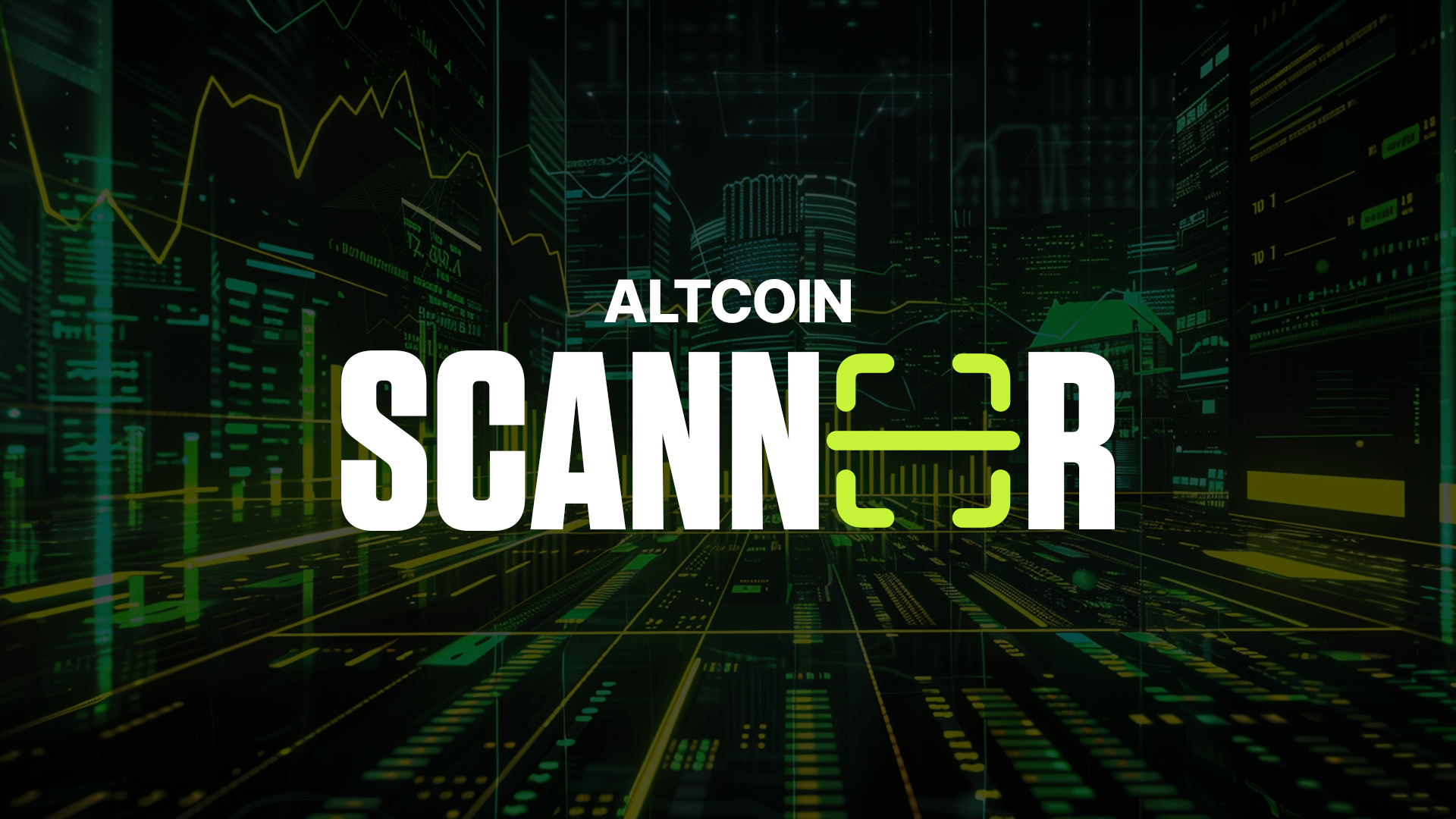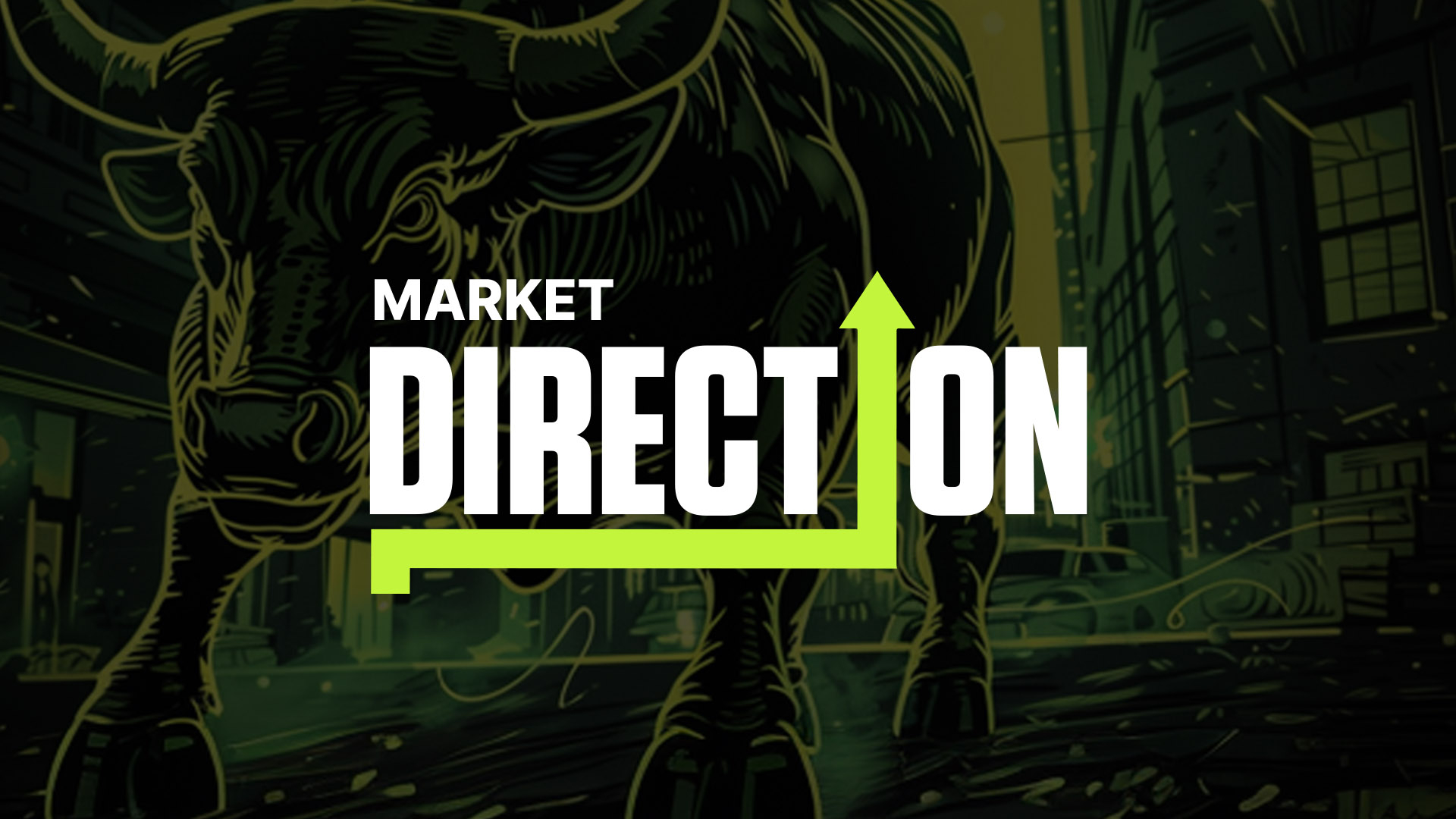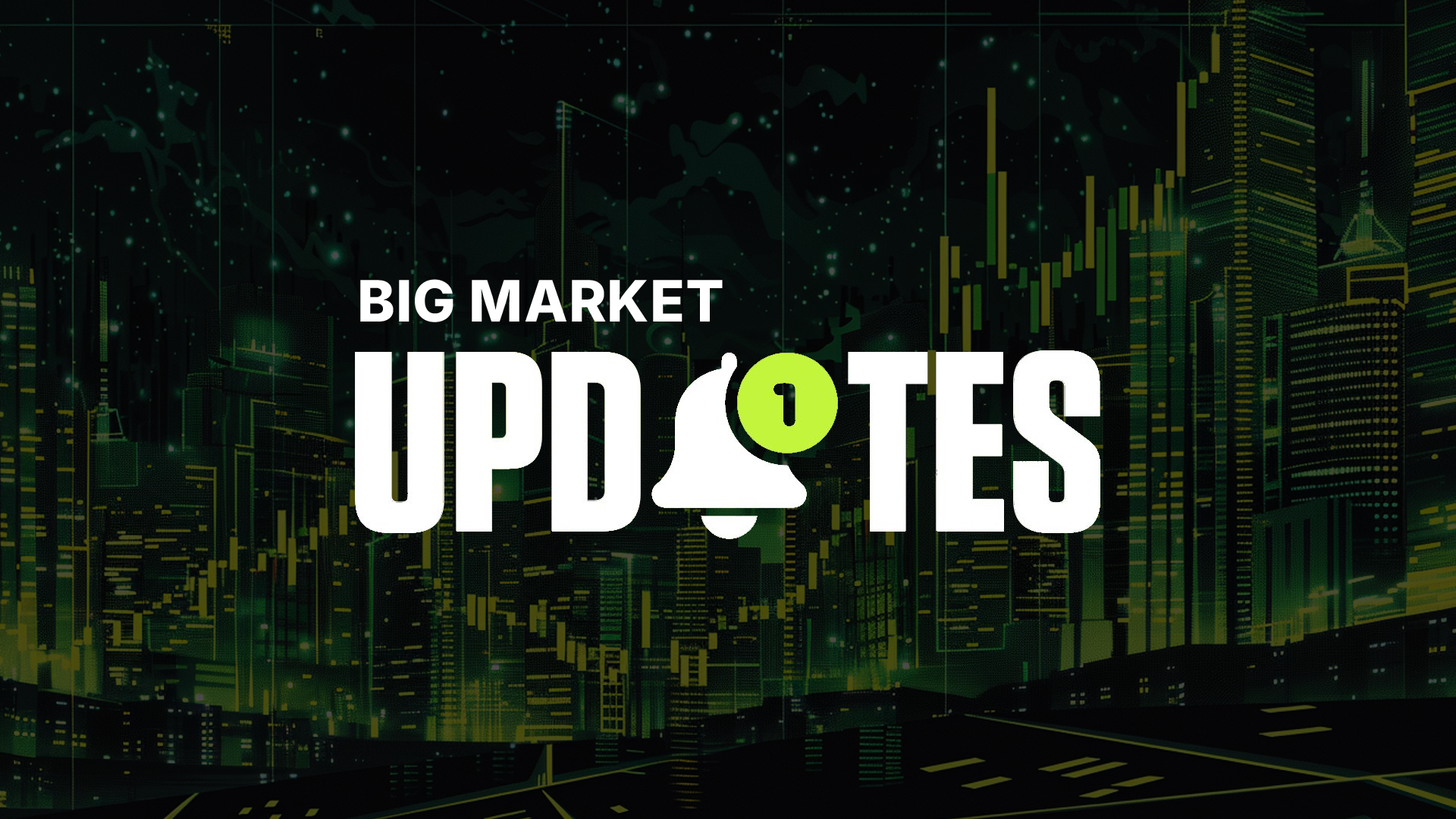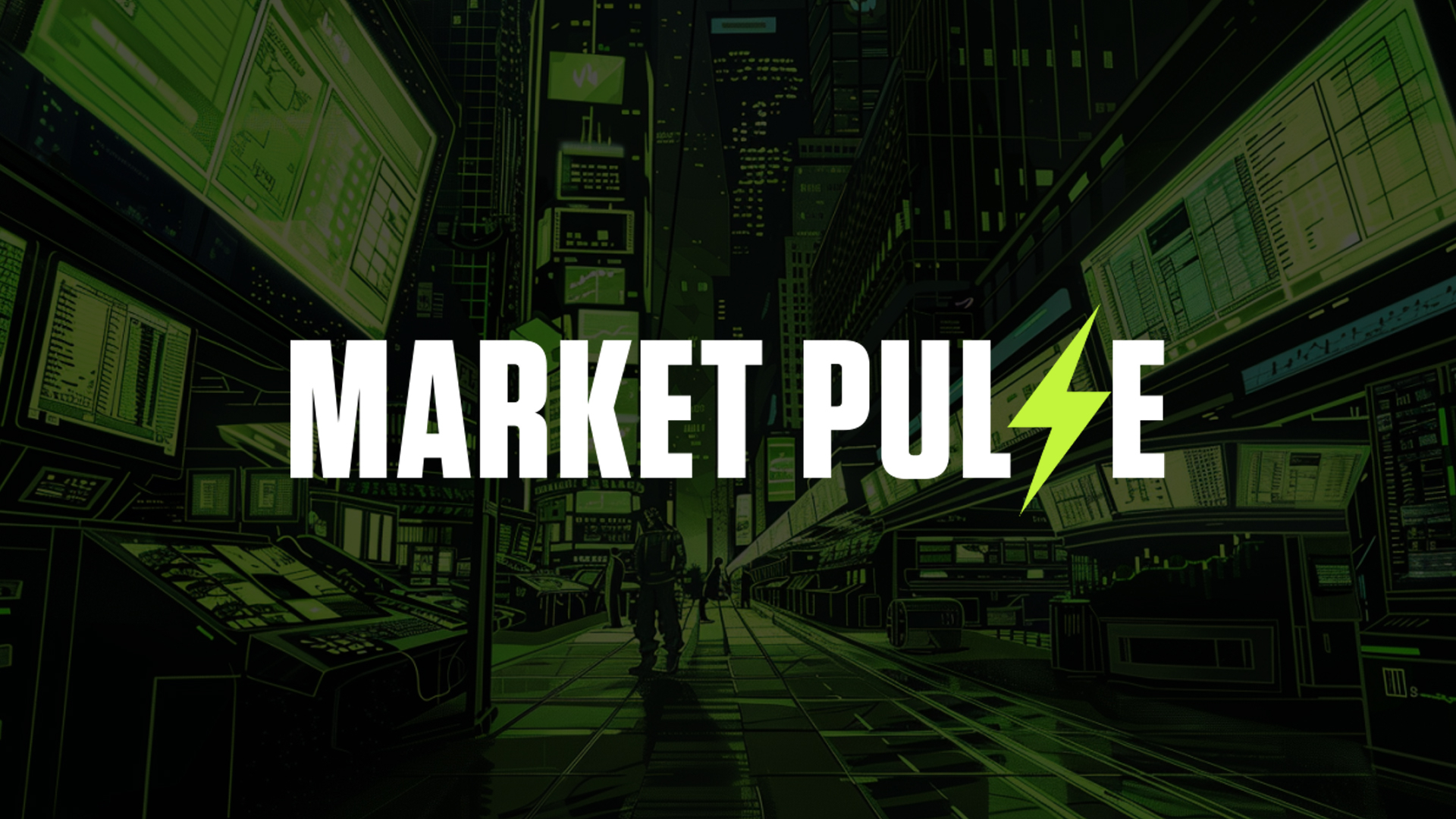Guide: Ethereum Gas Fees & How to Navigate Them
You’ve probably heard of the term “gas fees” when looking into the crypto space. But what are Ethereum gas fees, and how do they work? Simply put, gas fees are payments made by users during a transaction to compensate for the computing power used by validators.
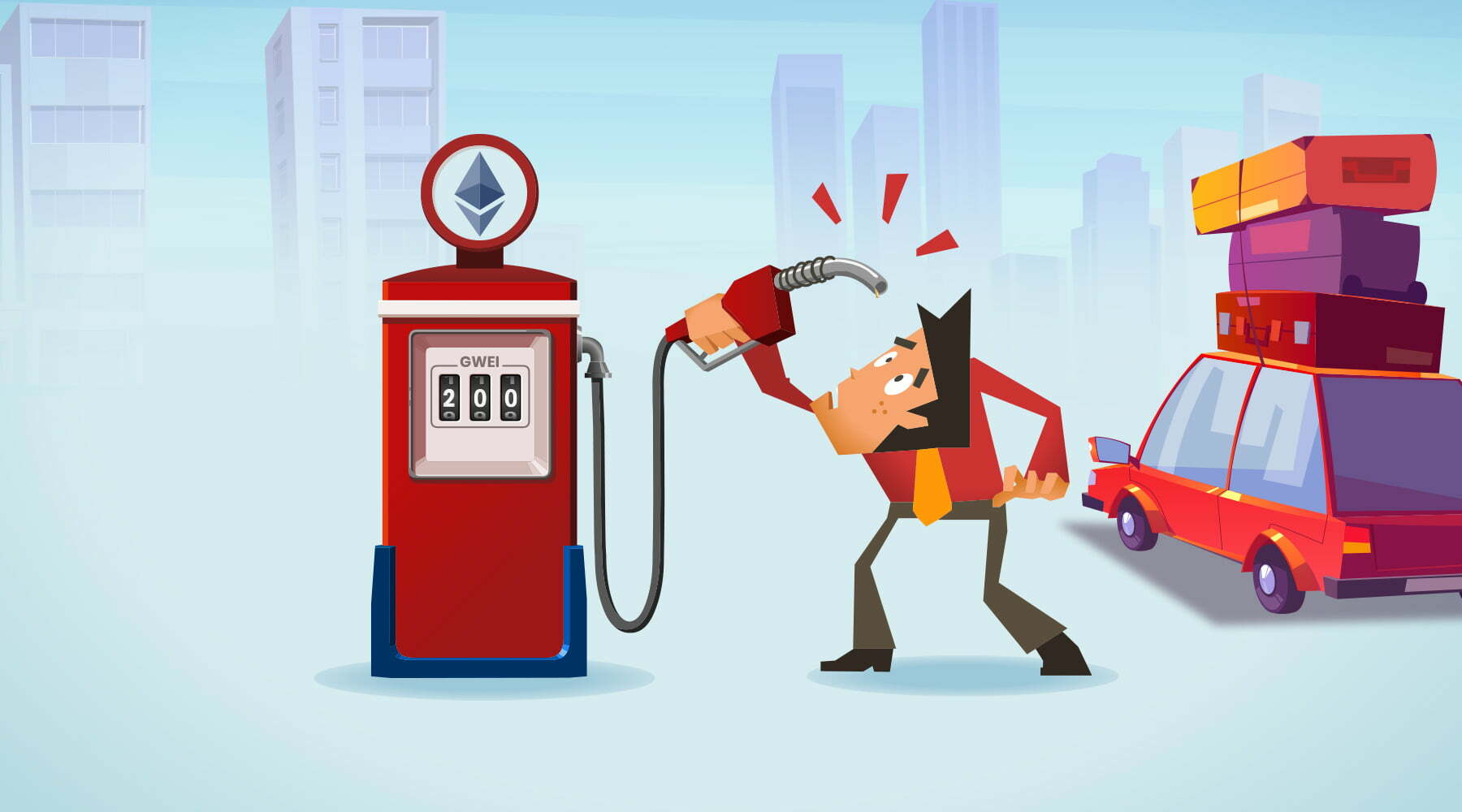
A validator runs computer software to verify transactions and add blocks to the blockchain. This process requires them to use electricity. The gas fee is paid to the validator as a reward to compensate for the cost of the electricity used. This is called “proof of work” (PoW).
Ethereum gas fees
If you’ve ever transacted on the Ethereum network, you’ve probably been hit with a high gas fee. Ethereum uses proof of work (PoW) and each block added to the blockchain needs to be verified by a validator. Validators compete to solve mathematical puzzles and process the transaction. The winning validator is rewarded with a block reward (gas).The issue with PoW occurs when lots of transactions are being processed and lots of validators are competing to solve the puzzle. The power being used is insanely high. High gas fees are needed to offset this energy usage to reward miners. If validators didn’t receive rewards, no one would mine, transactions wouldn’t be processed, and the blockchain would die.
If you’re an avid Ethereum user, you’ve probably seen significant discrepancies between gas fees. Sometimes they’re eye-wateringly expensive, and other times they're extremely low. The cost of a gas fee depends on how congested the network is, how many transactions are being processed, and how much power is being used at that time.
Dealing with Ethereum gas fees
Here is a quick resource you can use to check the busiest and quietest times for the Ethereum network. Try to coordinate your transactions with the low fee times on this heatmap.The future of Ethereum
t-weight: 400;">So, should you stop using Ethereum? After all, there are other blockchains out there with much lower fees. Solana and Polkadot, to name a few.Not so fast. The Ethereum team isn’t crazy. They know this is a problem that must be solved. And solving it they are! Many innovations to the Ethereum blockchain are underway, and in today’s piece, we will cover one.
Proof of stake (PoS) is another method used to validate transactions. PoS is used by blockchains such as Solana and Avalanche. The difference between PoW and PoS is that instead of anyone being able to validate transactions, validators must first stake tokens to have the chance to validate. There is also no block reward; rather, validators are incentivised by taking a small fee from every transaction they validate.
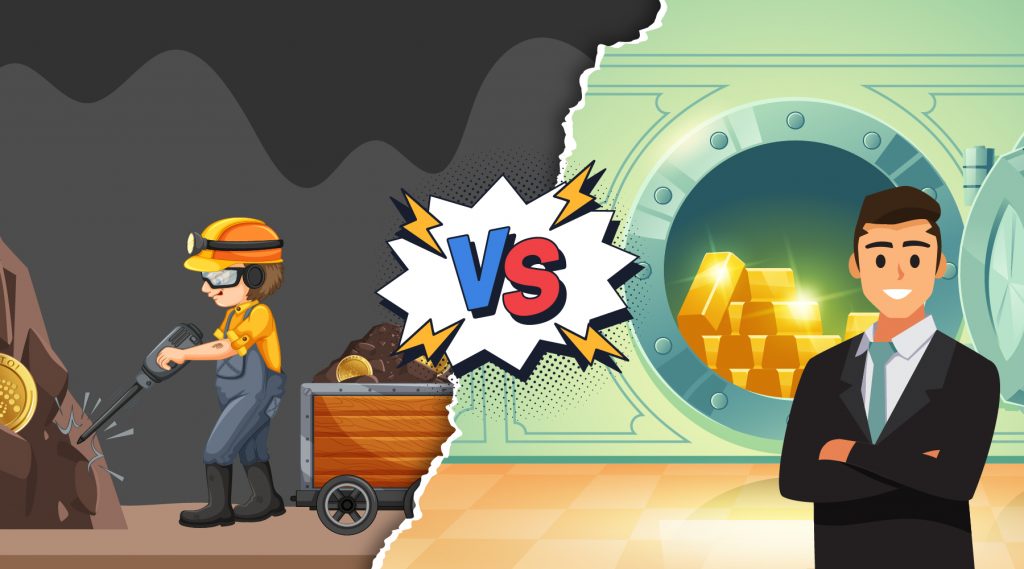
Less power, less competition, and less throughput. This makes things a lot more cost-effective, energy-efficient, and scalable.
The good news for Ethereum fans: the network will be moving over to a PoS in 2022. So you can expect lower gas fees and faster transactions. Other interventions, such as sharding, are also coming to the Ethereum network, but we will save that for a later piece.
Thanks for reading. Use the heatmap to coordinate transactions, & read more about Ethereum here.
Crypto is a young industry, and innovation is happening at a blinding pace. 2022 will be a big year for developments, so standby for updates from the Cryptonary team.
Disclaimer: THIS IS NOT FINANCIAL OR INVESTMENT ADVICE. Only you are responsible for any capital-related decisions you make, and only you are accountable for the results.
100% Success Money Back Guarantee
If our approach doesn’t outperform the overall crypto market during your subscription, we’ll give you a full refund of your membership. No questions asked. For quarterly and monthly subscribers this is applicable once your subscription runs for 6 consecutive months.
Take your next step towards crypto success
$799/year
Get everything you need to actively manage your portfolio and stay ahead. Ideal for investors seeking regular guidance and access to tools that help make informed decisions.
For your security, all orders are processed on a secured server.
What’s included in Pro:
Success Guarantee, if we don’t outperform the market, you get 100% back, no questions asked
24/7 access to experts with 50+ years’ experience
All of our top token picks for 2025
Our latest memecoins pick with 50X potential
On hand technical analysis on any token of your choice
Weekly livestreams & ask us anything with the team
Daily insights on Macro, Mechanics, and On-chain
Curated list of top upcoming airdrops (free money)
Our track record speaks for itself
With over 2.4M tokens and widespread misinformation in crypto, we cut
through the noise and consistently find winning assets.
Frequently Asked Questions
Can I trust Cryptonary's calls?
Yes. We've consistently identified winners across multiple cycles. Bitcoin under $1,000, Ethereum under $70, Solana under $10, WIF from $0.003 to $5, PopCat from $0.004 to $2, SPX blasting past $1.70, and our latest pick has already 200X'd since June 2025. Everything is timestamped and public record.
Do I need to be an experienced trader or investor to benefit?
No. When we founded Cryptonary in 2017 the market was new to everyone. We intentionally created content that was easy to understand and actionable. That foundational principle is the crux of Cryptonary. Taking complex ideas and opportunities and presenting them in a way a 10 year old could understand.
What makes Cryptonary different from free crypto content on YouTube or Twitter?
Signal vs noise. We filter out 99.9% of garbage projects, provide data backed analysis, and have a proven track record of finding winners. Not to mention since Cryptonary's inception in 2017 we have never taken investment, sponsorship or partnership. Compare this to pretty much everyone else, no track record, and a long list of partnerships that cloud judgements.
Why is there no trial or refund policy?
We share highly sensitive, time-critical research. Once it's out, it can't be "returned." That's why membership is annual only. Crypto success takes time and commitment. If someone is not willing to invest 12 months into their future, there is no place for them at Cryptonary.
Do I get direct access to the Cryptonary team?
Yes. You will have 24/7 to the team that bought you BTC at $1,000, ETH at $70, and SOL at $10. Through our community chats, live Q&As, and member only channels, you can ask questions and interact directly with the team. Our team has over 50 years of combined experience which you can tap into every single day.
How often is content updated?
Daily. We provide real-time updates, weekly reports, emergency alerts, and live Q&As when the markets move fast. In crypto, the market moves fast, in Cryptonary, we move faster.
How does the success guarantee work?
If our approach to the market doesn’t beat the overall crypto market during your subscription, we’ll give you a full refund of your membership fee. No questions asked. For quarterly and monthly subscribers this is applicable once your subscription runs for 6 consecutive months.















